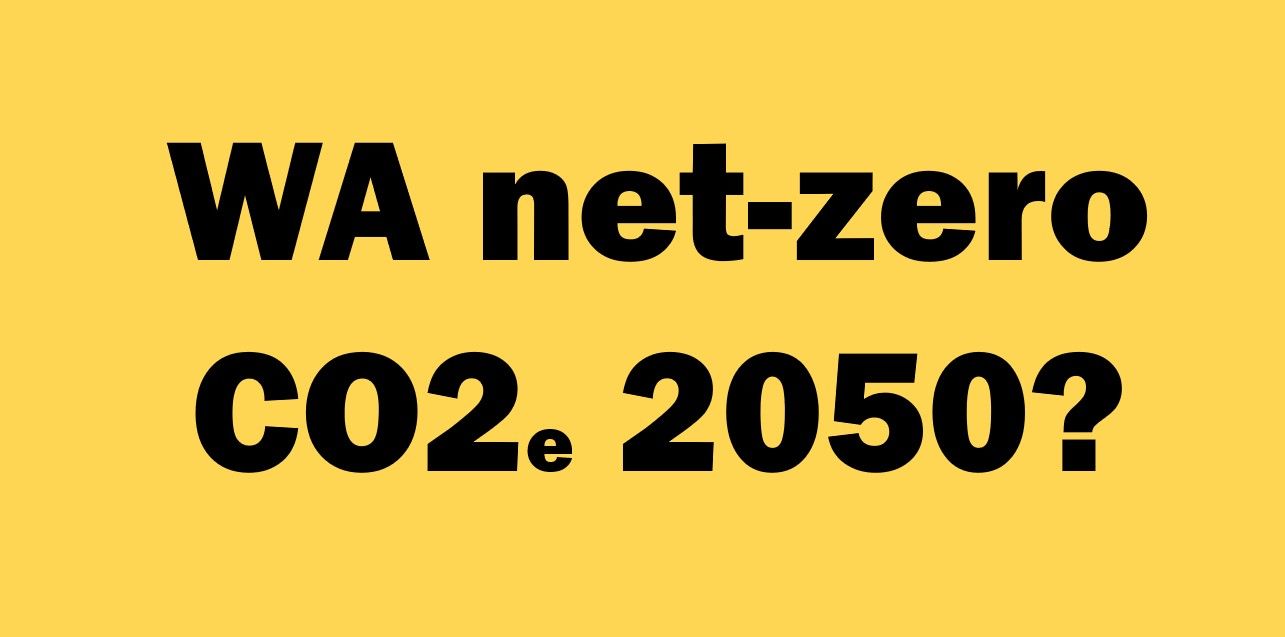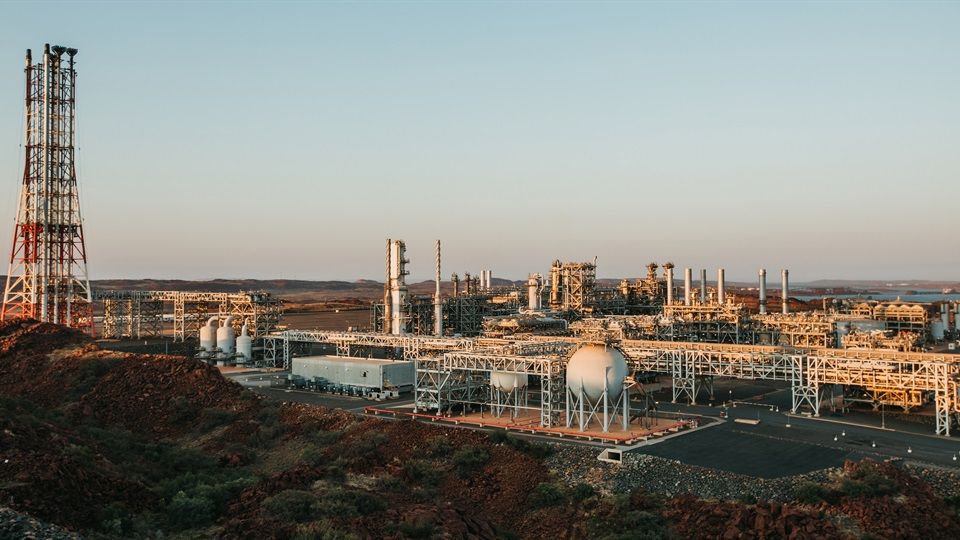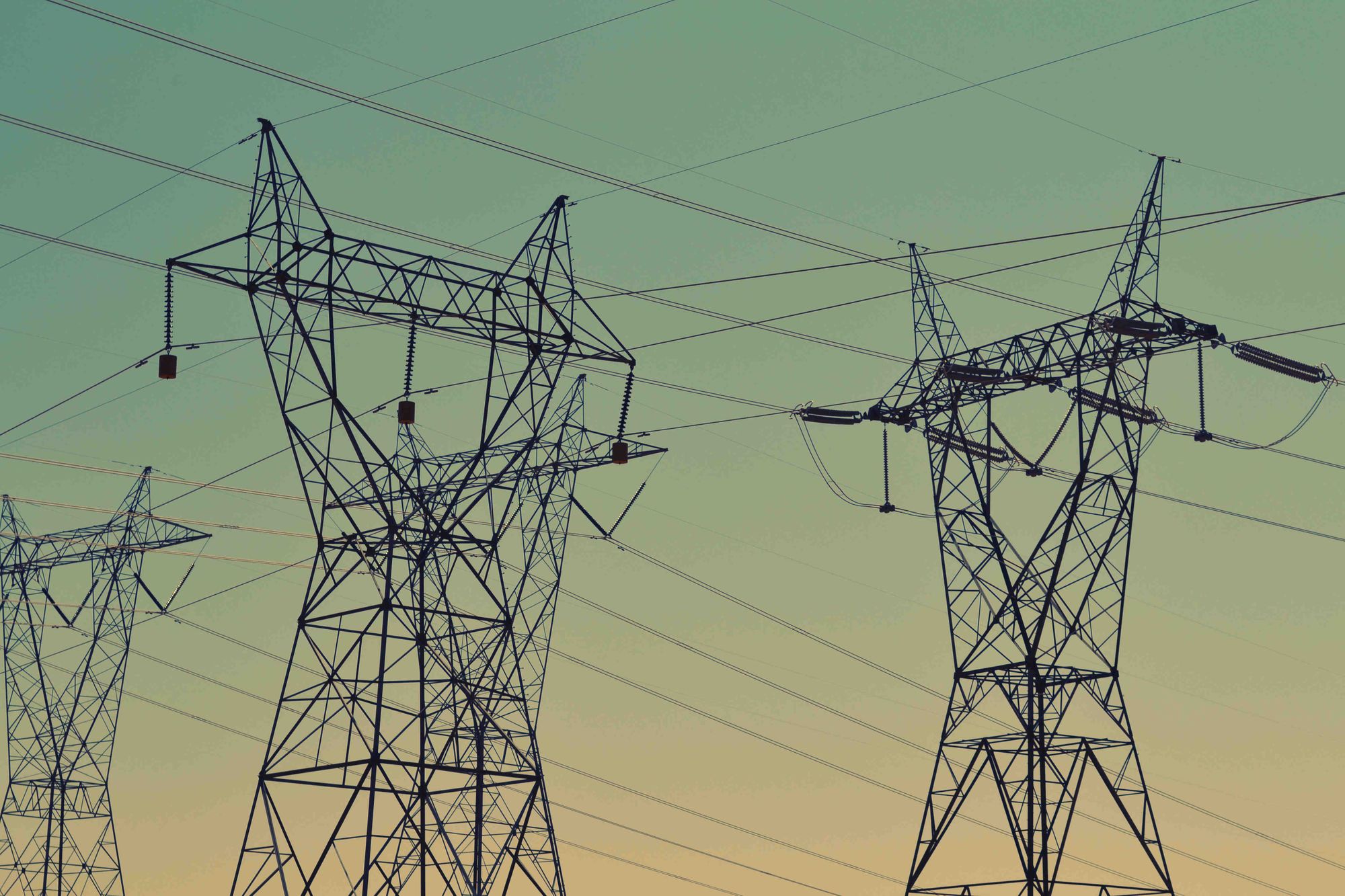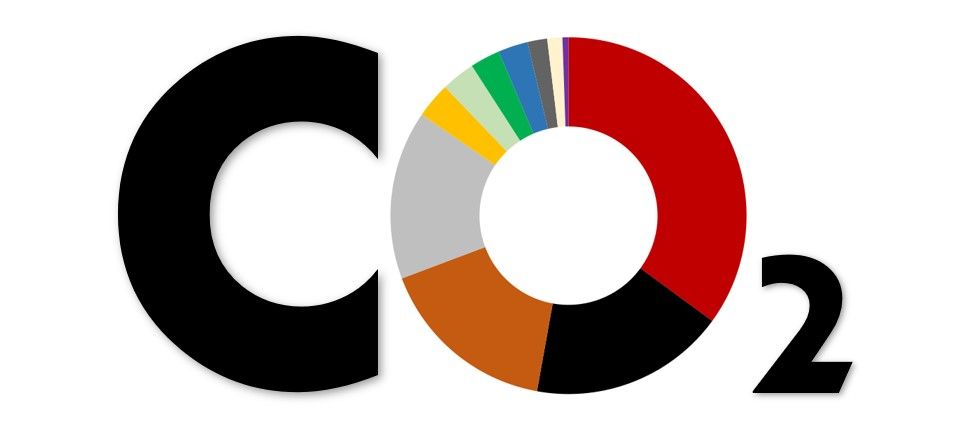🗡️ Who murdered the Murujuga rock art science?
Special Cluedo™️ edition 🔍 Was it Mr Cook or Prof Smith?
WA's EPA is now restraining growth in carbon emissions from industry but it and State and Federal Governments need to do more to keep the State attractive to increasingly climate-concerned investors.

ANALYSIS
WA’s independent Environmental Protection Authority is quietly leading the nation in reducing greenhouse gas emissions from industry. Still, the EPA and State and Federal Governments need to do more to ready WA industry for the future.
Infrastructure WA recently noted the State's emissions had increased 30 per cent since 2006, mainly due to the mining and oil and gas sectors. New LNG plants are by far the biggest contributor.
“Unless rapid progress is made, WA stands to risk losing global investment opportunities, as financiers and industry look elsewhere for greater certainty, action and risk mitigation,” Infrastructure WA said in its recent draft strategy.
For a year, the EPA has insisted all large new projects plan to cut emissions gradually to zero by 2050.
Before then, the only significant regulatory or government effort in WA to curb emissions was a requirement for gas plants to offset all CO2 from reservoirs vented to the atmosphere, resulting in Woodside planting trees for Pluto LNG and Chevron burying CO2 underground for its Gorgon project.
The EPA kicked off its new approach in August 2020 with an FMG power station. The following month it recommended Mitsui and Beach Energy’s Waitsia gas project reduce or offset total emissions in roughly a straight line from start up to zero by 2050.
No other states have this requirement for new projects, but the EPA's efforts have received little attention.

The EPA’s guideline for assessing greenhouse gas emissions requires a GHG management plan with “regular interim and long-term targets that reflect an incremental reduction in Scope 1 emissions over the life of the proposal.”
This ask is consistent with climate science but at odds with the Federal Government’s generous fixed baselines under the safeguard mechanism that allow large polluters to continue business as usual. Many businesses also trump a commitment to net-zero emissions by 2050, with little or no commitment to interim reductions.
The first gap in reducing emissions from WA industry is that the EPA usually only assesses new investments, so it cannot act on existing facilities.
The WA Government’s own emissions policy for major projects weakly requires “proponents to propose their own timeframes and interim targets” provided a second gap that Woodside used for its Pluto LNG plant.
The policy allowed Woodside to leave 70 per cent of emission reductions from its expanded Pluto LNG plant to after 2045, as an expansion from one to two LNG trains did not need a new assessment from the independent EPA.

An EPA assessment of Covalent’s proposed lithium refinery in Kwinana released in March revealed another gap in efforts to curb industrial emissions: the Authority only recommends reductions in direct Scope 1 emissions and makes no recommendations about Scope 2 emissions from power purchases.
Covalent, half-owned by Wesfarmers, must gradually reduce the 160,000 tonnes a year of CO2 it will initially directly produce, but there is no requirement covering its annual Scope 2 emissions of 158,000 tonnes of CO2.
A Wesfarmers Chemicals, Energy & Fertilisers spokesperson said expected reductions in the carbon intensity of power sold on the South West Interconnected System as more renewable generation is connected would drive down the refinery’s Scope 2 emissions.
“The SWIS has been decarbonising over time, with the emissions factor for consumption of purchased electricity from the SWIS reducing from 0.76 t CO2e per MWh in 2015 to 0.68 t CO2e per MWh in 2020,” the WESCEF spokesperson said.
"There is scope for further significant decarbonisation in the SWIS over time."
The fourth gap in efforts to cut emissions from industry is that proponents have little control over the carbon intensity of power they buy, and it may not improve as quickly as they hope.
The WA Government’s Whole of System Plan for the next 20 years of power in the South West predicted the emissions factor of power sold would fall to between 0.21 to 0.51 tonnes of CO2e per MWh by 2040, down by 26 to 71 per cent, depending on the scenario studied.
The smaller emissions factor cut is a long way short of what companies like Covalent need to head towards net-zero emissions by 2050. Incredibly, the State Government chose not to target emissions reduction in its 20-year plan.

An EPA spokesperson said a review of its greenhouse gas guideline now underway would consider how to deal with Scope 2 emissions. The Authority expects to begin public consultation on the revised guideline in the first quarter of 2022.
The policy gaps in WA’s attempts to reduce industrial emissions were identified in the recent draft State Infrastructure Strategy.
With a remit limited to State Government investments, Infrastructure WA recommended the Government introduce interim Scope 1 and Scope 2 targets towards net-zero emissions by 2050 for all State agencies.
This would include Synergy, the dominant power generator on the SWIS.
If the EPA moved to control Scope 2 emissions and the Government required Synergy to reduce its emissions intensity along a similar trajectory, then new industry would have both the requirement and the means to cut Scope 2 emissions.
Increased demand for cleaner energy would provide financial support for new investment by Synergy.
However, there will be no substantial decline in total emissions from industry until changes are made at existing facilities. This will require either the Federal Government gradually reducing allowed emissions under the safeguard mechanism, as recently recommended by the Grattan Institute, or the WA environment minister asking the EPA to assess operating facilities.
It is notable that the most robust calls so far to cut emissions from WA industry come from two independent bodies: the EPA and Infrastructure WA.
Federal and State Governments are yet to take meaningful action.
Boiling Cold asked Environment Minister Amber-Jade Sanderson if the Government would develop interim emissions reduction targets, as recommended by Infrastructure WA.
Sanderson’s spokesperson said the Minister understood the importance of setting targets and the need for a credible pathway towards net-zero greenhouse gas emissions by 2050.

Main image: Woodside-operated North West Shelf LNG plant. Source: BP.
All the info and a bit of comment on WA energy and climate every Friday